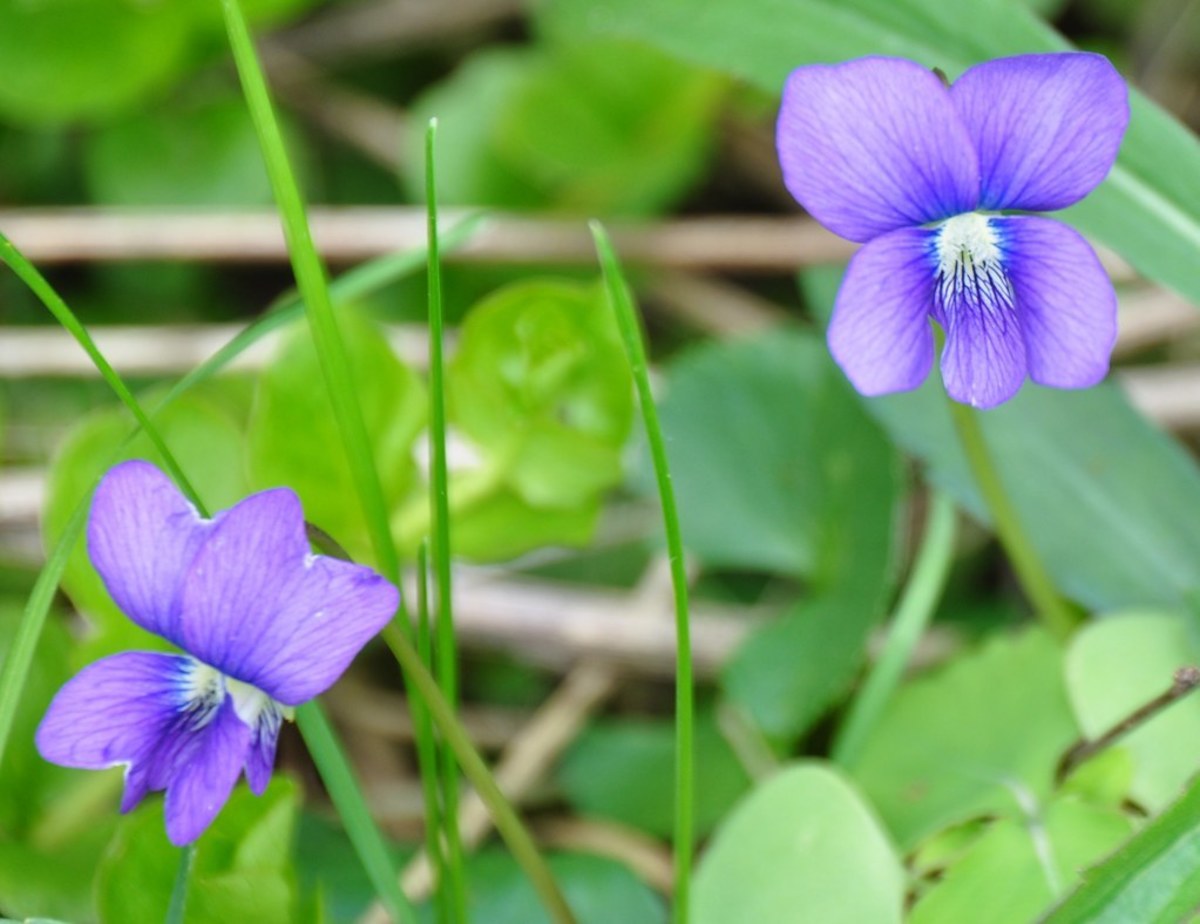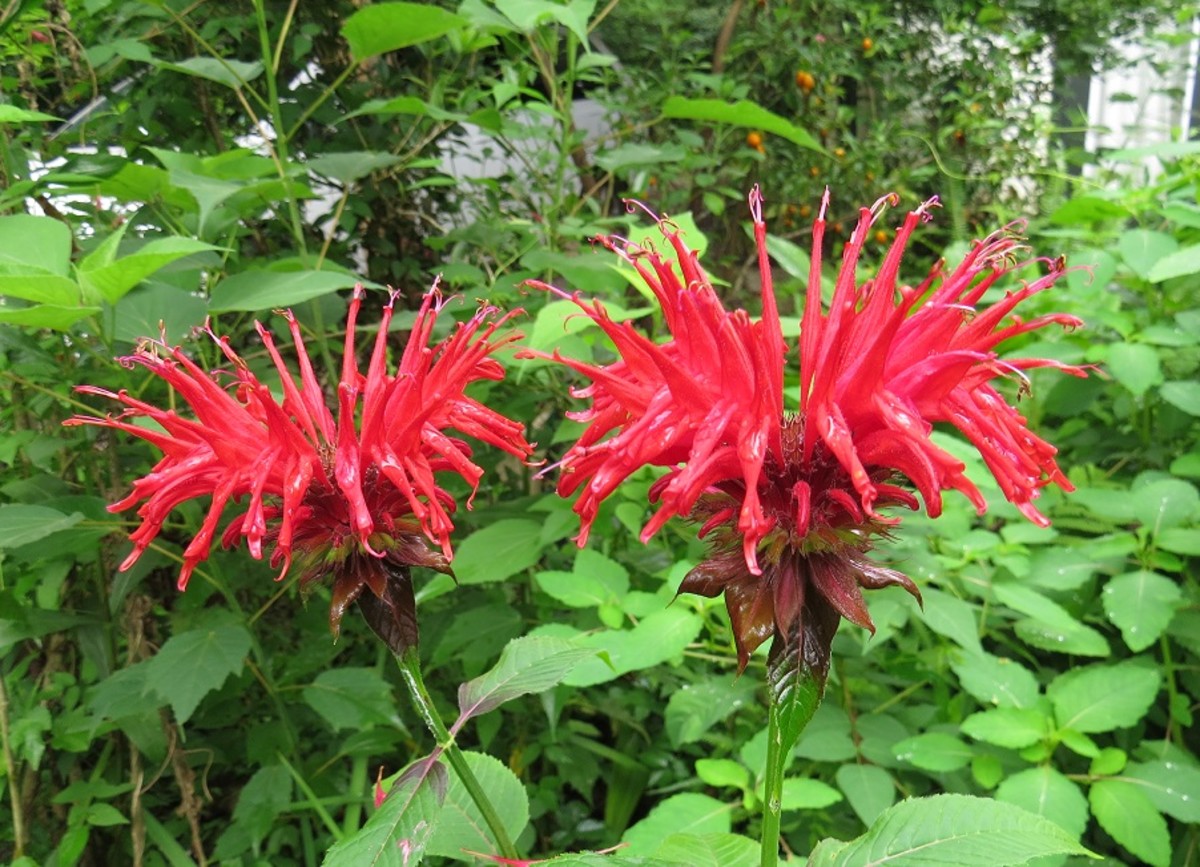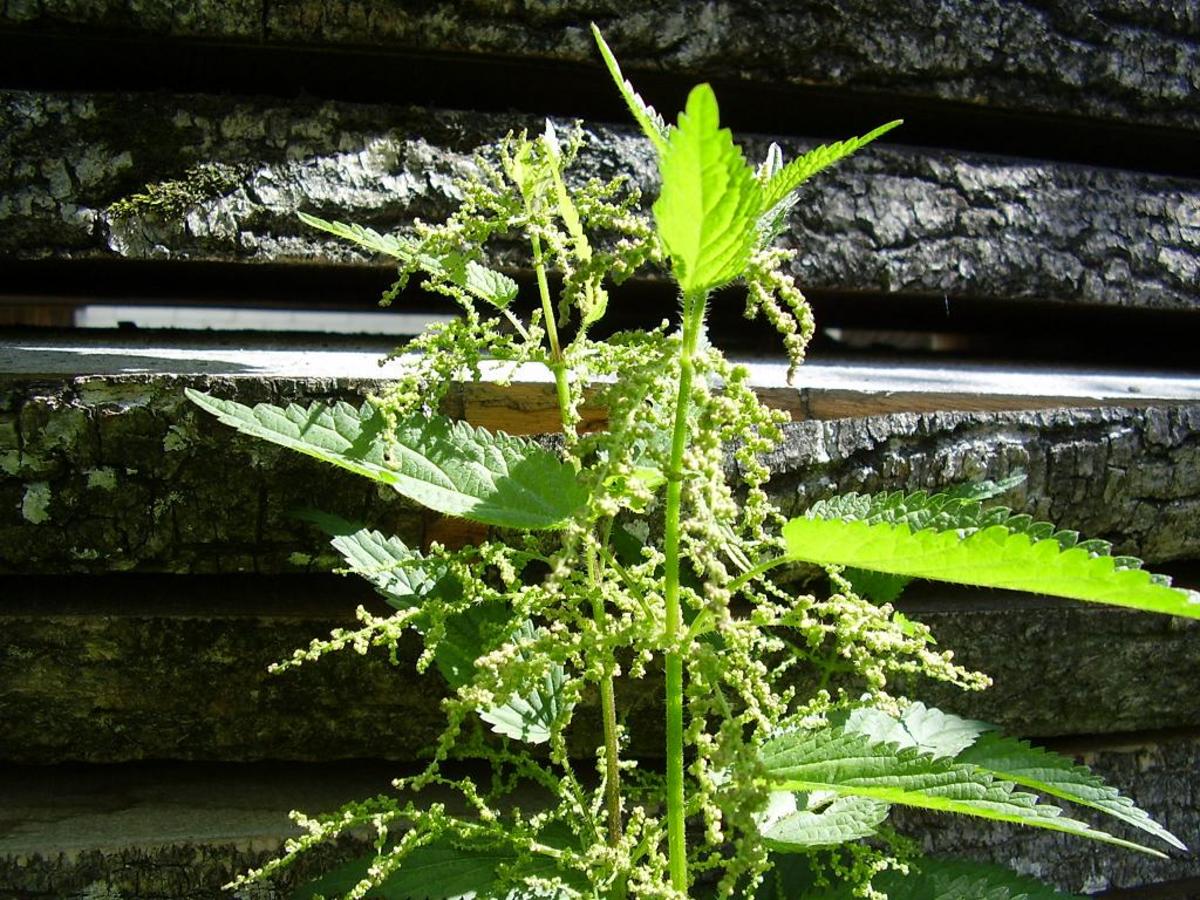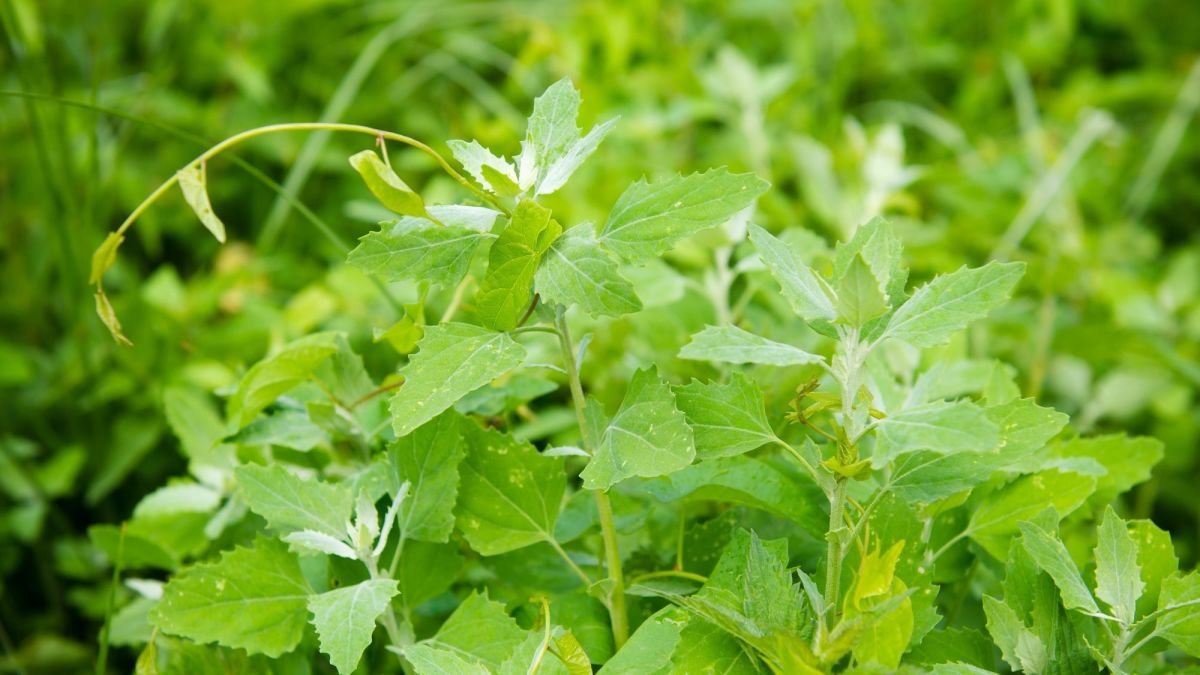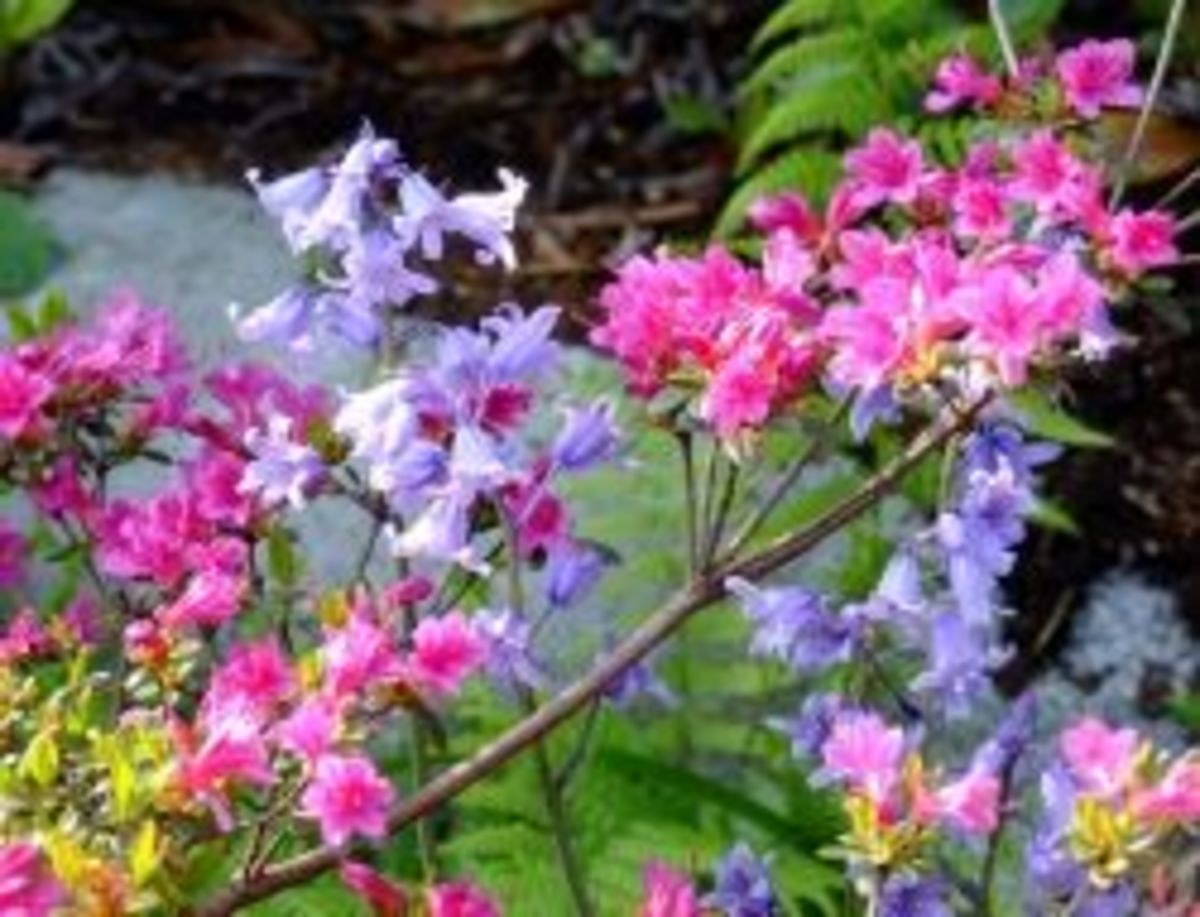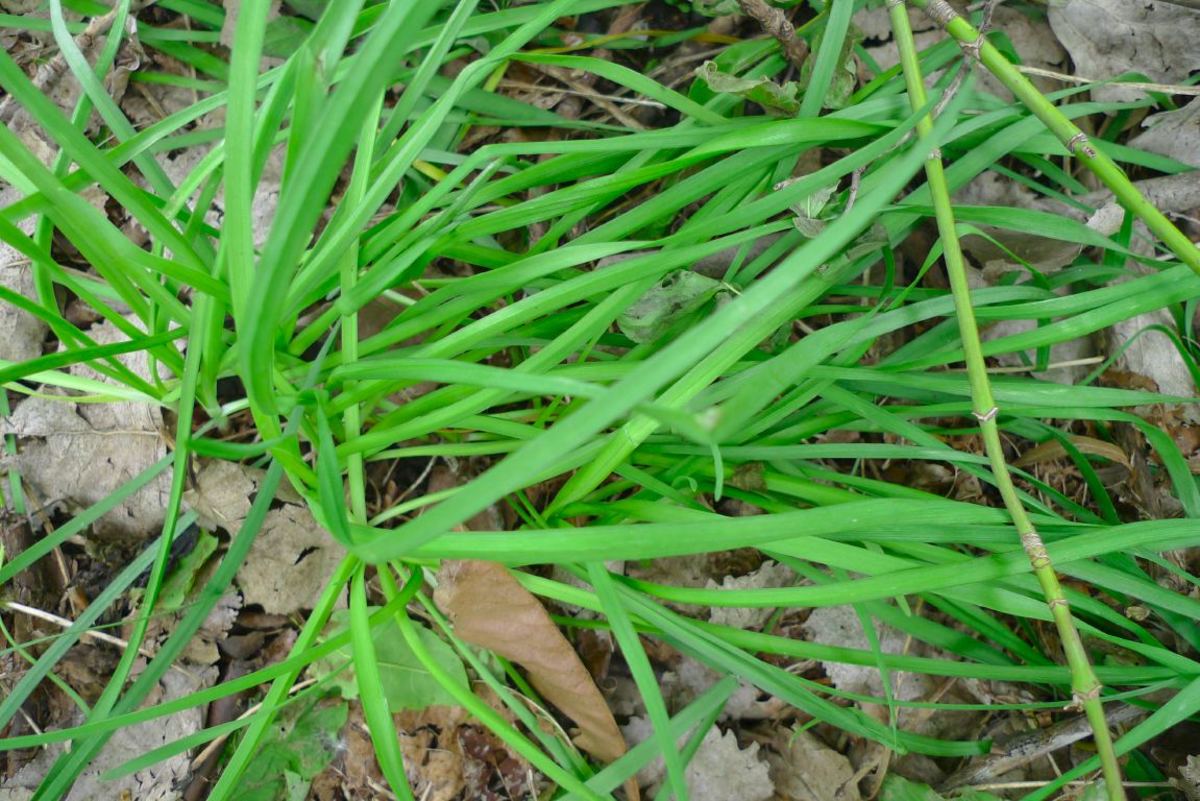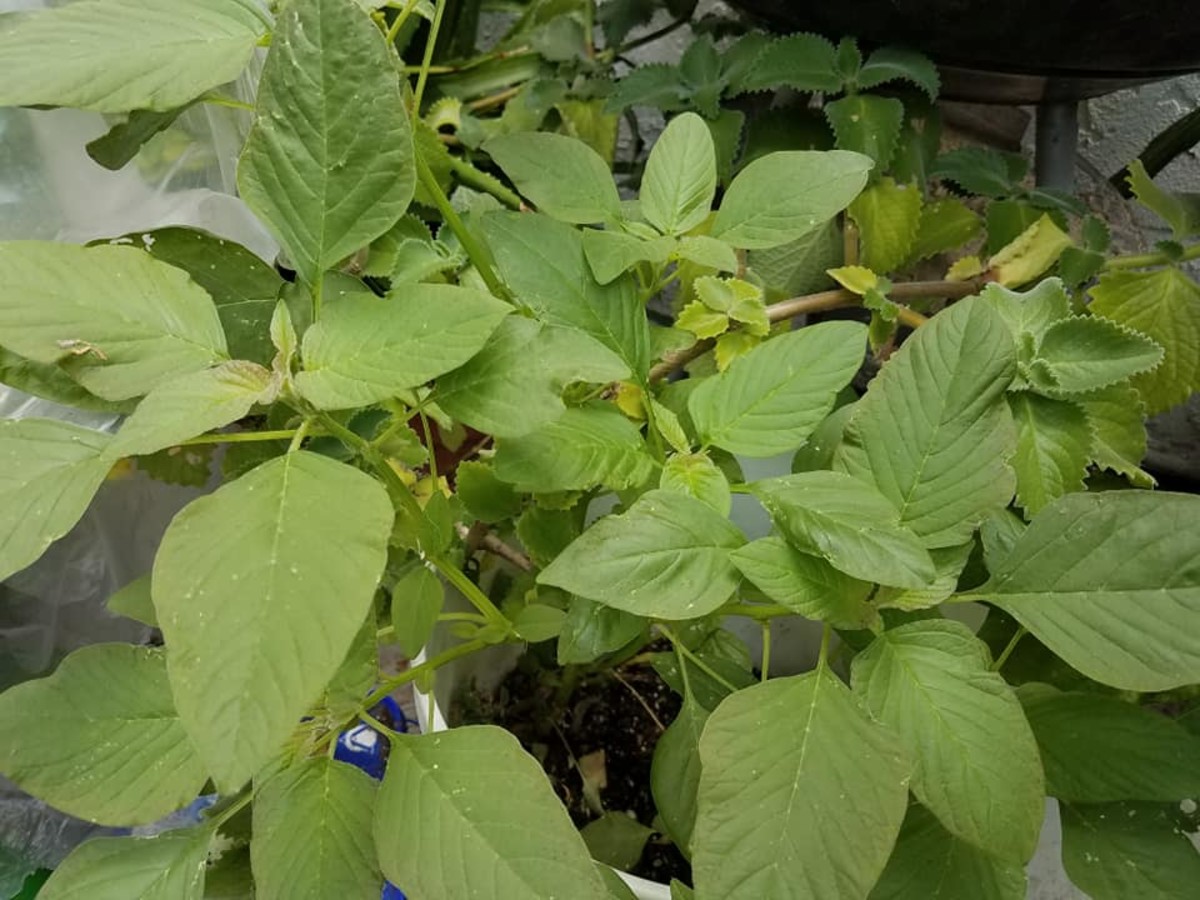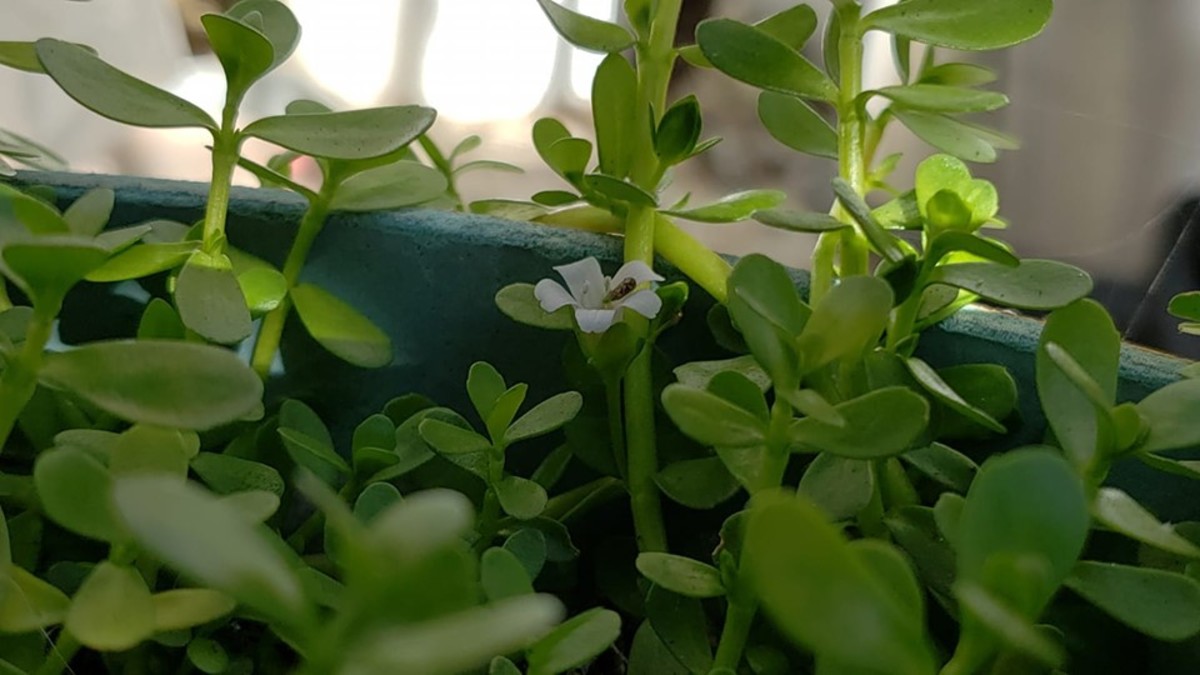Viola betonicifolia (Arrowhead Violet, Arrow-Leaf Violet)
Viola betonicifolia is a low growing, flowering perennial herbaceous plant of the violet and pansy family, Violaceae. The species was first described in 1817 by James Edward Smith, an English botanist. It’s native to the coastal regions of Queensland, New South Wales and Victoria as well as most of Tasmania in Australia. Additionally it is also native to parts of India, Pakistan and South-East Asia including Papua New Guinea. In the wild it is found growing singularly or in patches on moist, shaded, forest floors.
Viola betonicifolia plants grow to a maximum size of only about 30cm (1 ft) tall with a 30cm (1 ft) spread. If the leaves of this plant die due to water stress, frost or grazing by animals the plant can reshoot from an underground woody rootstock. The common names of Viola betonicifolia include arrow-leaf violet, showy violet, arrowhead violet and mountain violet.
Flowers
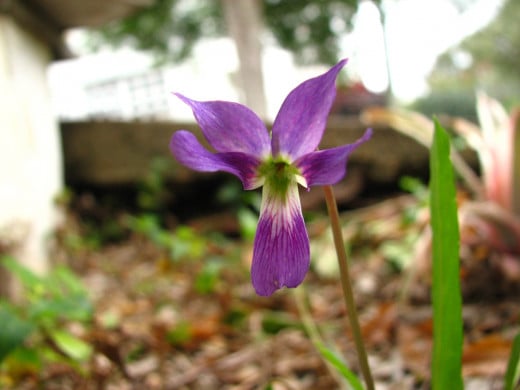
The flowers of Viola betonicifolia are similar to heartease (Viola tricolor) in shape. The petals are purple, sometimes with lighter coloured patches and have a violet or white-coloured throat striated with darker or lighter venation. The flowers grow to about 1.5cm (1 inch) across. The flowers become paler as they age. The flower stalks and the base of the leaves where they emerge from the ground often have a red tinge. A nearly pure white-flowered variety, Viola betonicifolia var. albescens, also exists. Arrow-leaf violet flowers during Winter, Spring and Summer. The flowers of Viola betonicifolia are able to be self-pollinated and the plants will sometimes produce small flower which will never open and instead go straight to seed, a method of reproduction called cleistogamy.
The flowers are followed by a 3-valved pod which ripens from green to brown and then splits open, releasing the seeds within which are held in the v-shaped groves of each valve. The seeds are about 2mm in diameter and of a tan-yellow colour.
Leaves
The leaves of the arrow-leaf violet are a rich, deep-green colour and grow in a rosette formation from the base of the plant. As several of its common names suggest, the leaves of this species are arrow-shaped and are borne on a long stalk (which is actually still part of the leaf, only the width of the leaf is reduced either side of the vein and curved into a v-shaped channel). The leaves can be up to 10cm (4 inches) long or 15cm (6 inches) long if the leaf-stalk is included in the measurement, although leaf size is rather variable and a single plant may have leaves of many different sizes all at once. Some leaves are more lanceolate (lance shaped) than arrow-shaped and there are also intermediates between these two, sometimes all on the same plant. The species name betonicifolia is a reference to the similarity of the foliage of Viola betonicifolia to Betony (Stachys officinalis), another garden plant with broad, arrow-shaped leaves.
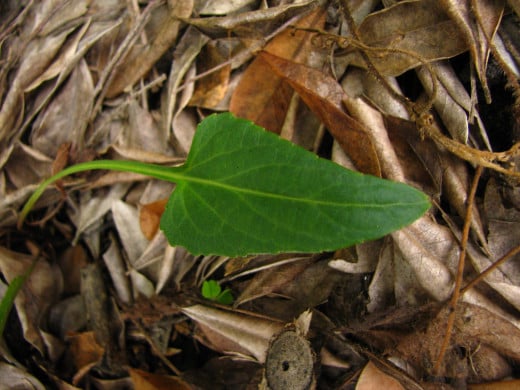
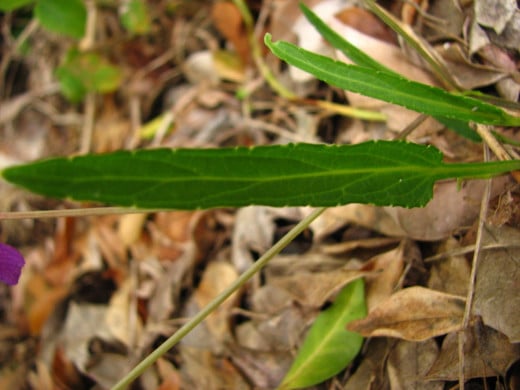
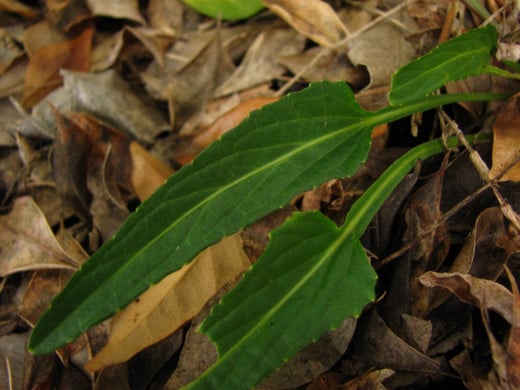
Ecology
Viola betonicifolia is important ecologically as it’s the sole host plant of the endangered laced fritillary butterfly (Argynnis hyperbius) the caterpillars of which feed upon the leaves. The butterflies only do well when large numbers of arrow-head violets all occur at the same location, such as how they can be found growing in some coastal Melaleuca swamps. Habitat destruction due to the draining of such swamps is threatening the existence of the laced fritillary butterfly. Due to the aforementioned requirement, laced fritillary butterflies are unlikely to use garden grown plants as a host. Another butterfly, the Common Grass Yellow (Eurema hecabe) is an important pollinator of arrow-leaf violet flowers.
Cultivation
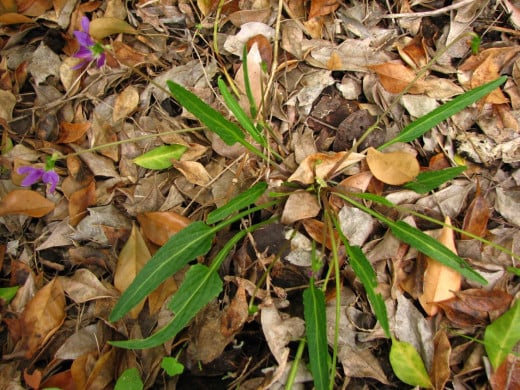
When grown at home arrowhead violet grows best when planted in a shady, damp spot in the garden. Clumps of arrow-leaf violet can be divided once large enough during Winter and spread to other sections of the garden. Once well established arrowhead violet will self-seed readily in the garden, spreading outwards from the parent plant. Collected seed can be germinated by sowing them 6mm (1/4 inch) deep in seed raising mix, watering and placing the growing container into a plastic bag to help keep the humidity in. Once the seedlings emerge the bag can be removed and they can later be planted into the garden once they have a few true leaves. Viola betonicifolia is relatively pest and disease free when grown in the home garden. A number of species of caterpillars will chew the leaves and earwigs can damage the flowers, however these pests are minor and don’t need to be controlled. Viola betonicifolia is also suited well suited for growing in rockeries.

